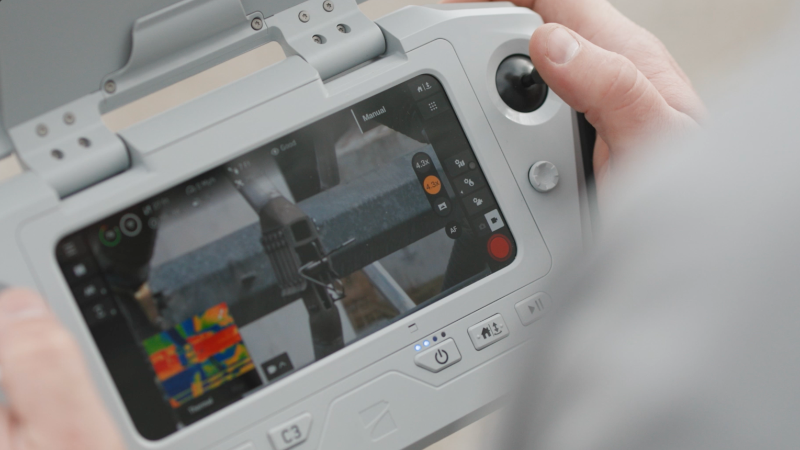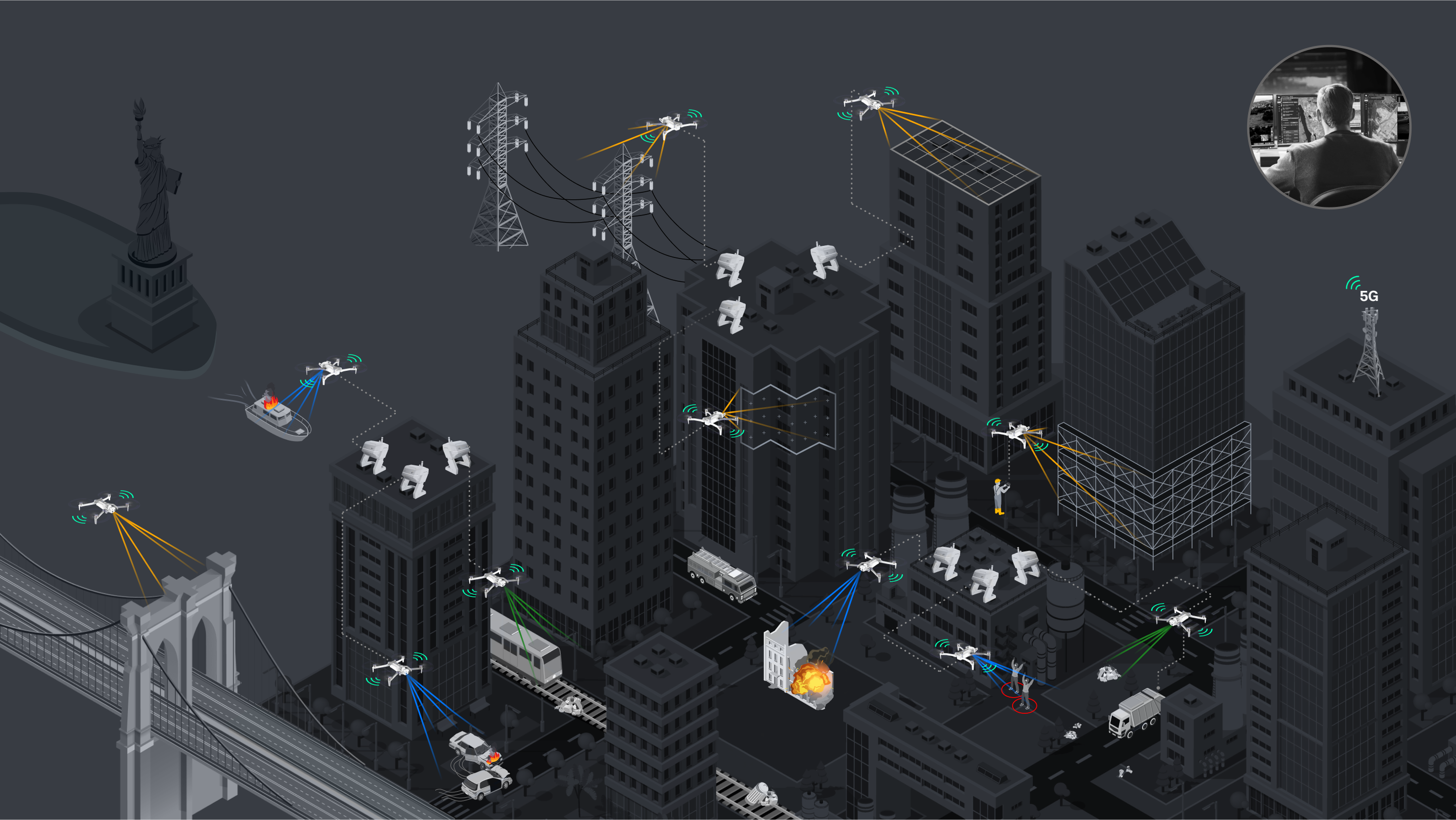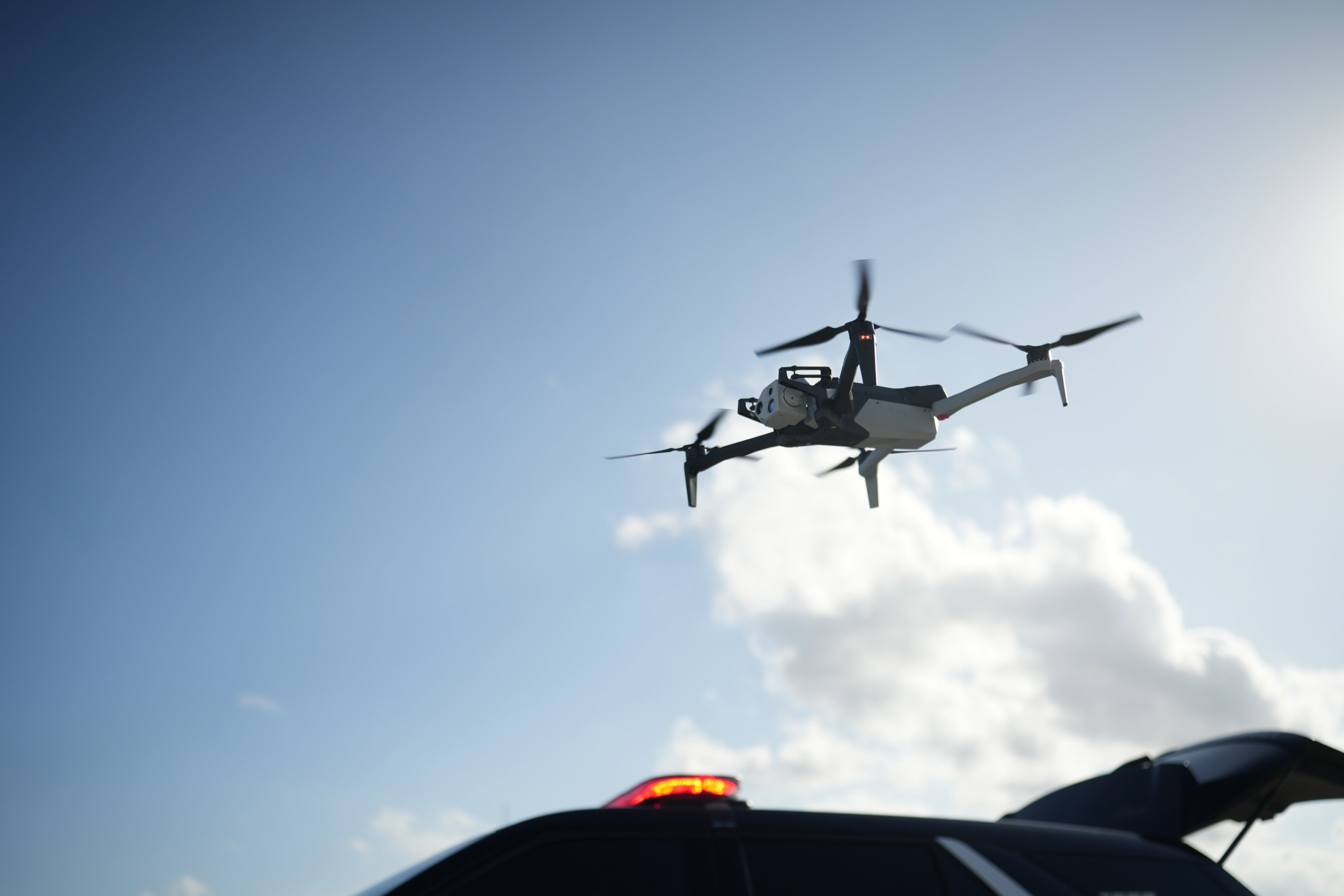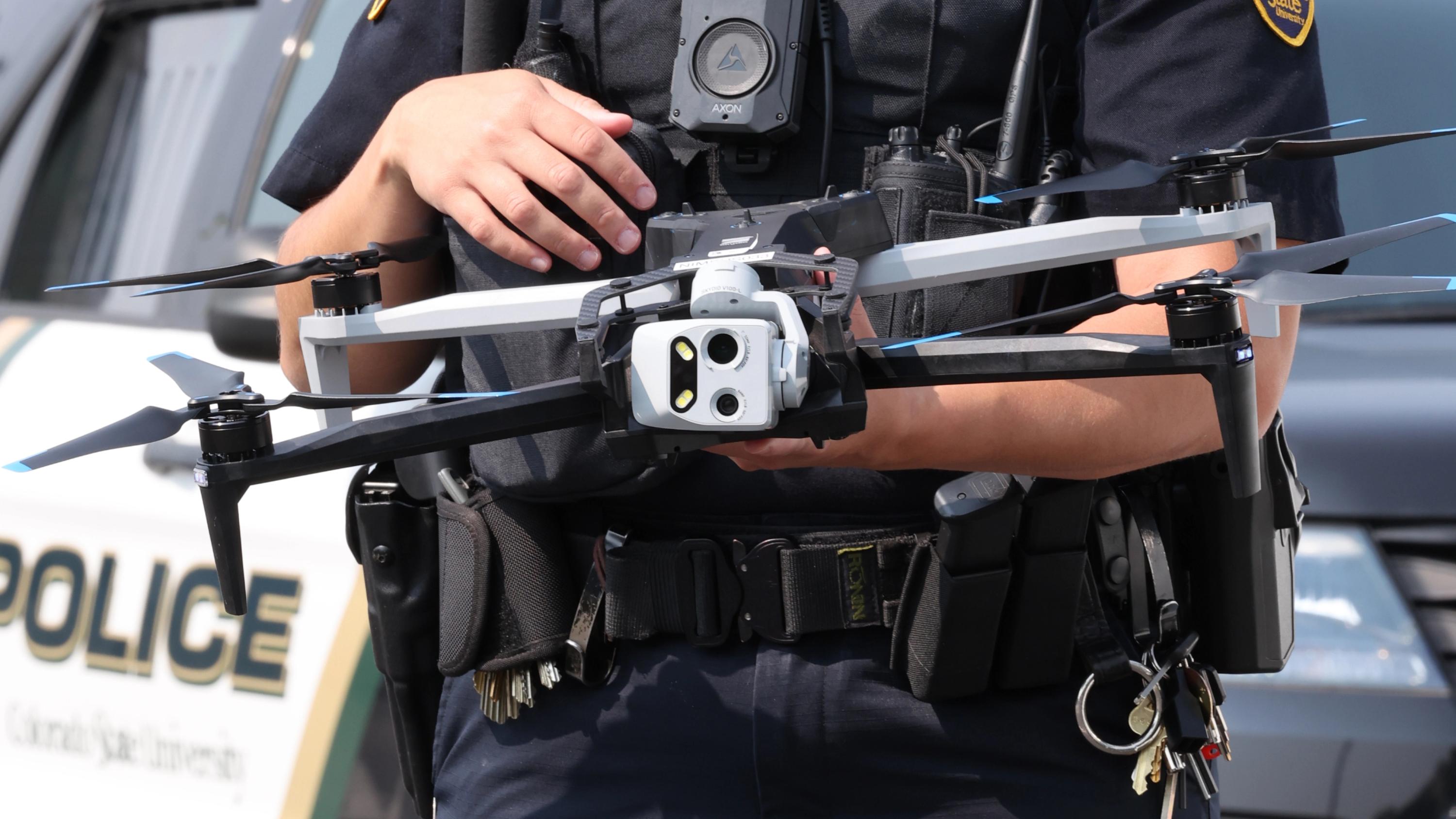Drones for Fire Service: Real-Time Insights & Safety.
The untapped power of drones in the fire service
Drones have become critical tools in law enforcement, finding efficiencies in standard operations such as search and rescue, overwatch, and crime scene and collision scene mapping. More advanced operations, like Drone as First Responder (DFR), are revolutionizing how police respond to incidents. However, when we look at the fire service, adoption is much slower.
Why has fire service adoption lagged?
While budget and resource constraints are often pointed to as contributing factors, the root cause is that the industry has not yet realized how impactful drones can be in firefighting. With thermal imaging to locate hot spots, real-time fire mapping, and the ability to assess structural damage instantly, drones give firefighters critical insights that empower them to make faster, safer decisions and protect their communities more effectively.
The potential for drones in firefighting is enormous:
- Delivering real-time situational awareness by live streaming video to incident commanders and first responders at the scene for better resource allocation.
- Increasing firefighter safety by reducing direct exposure to hazards at structure fires and hazmat incidents.
- Streamlining operations in incident pre-planning, risk assessments, fire investigations, and post-fire damage assessment.
- Supporting first responder retention with training, continuing education, and community engagement.
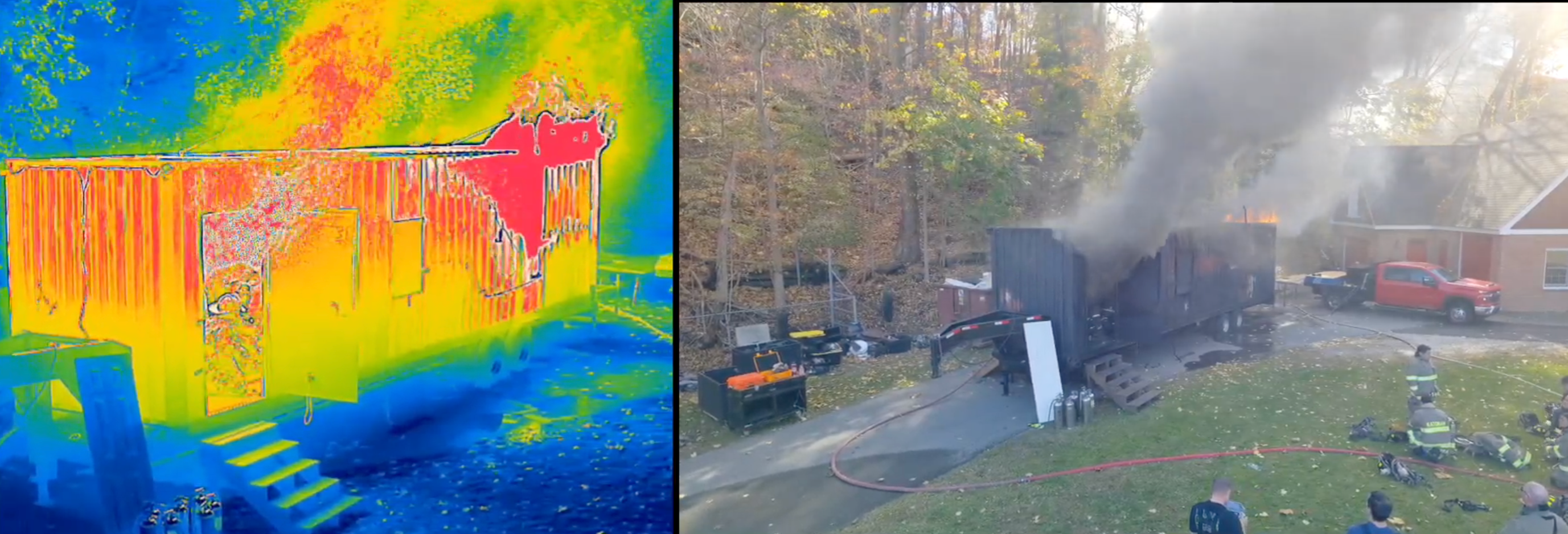
This growing recognition has made drone use at fire scenes a hot topic at conferences and regional training events, with many fire leaders expressing clear interest. However, despite their interest in starting a drone or robotics program, progress remains slow due to a lack of available resources and uncertainty about where to begin.
So, what can be done to help break down the barrier to entry into departments ranging from rural volunteers to large metropolitan career departments?
Learning from leaders in drone adoption
“ "The building is your enemy, KNOW YOUR ENEMY."

Some of the most innovative uses of drones in firefighting come from leaders like:
- Michael Pavone at the Boston Fire Department
- Director Anthony Watts at the Detroit Fire Department
- Gabe Graveline at the Tulsa Fire Department
- Captain Michael Leo at the New York City Fire Department
These trailblazers are redefining how drones support fire response efforts, setting a powerful example for departments nationwide.
By focusing on education, accessible training programs, and establishing clear, practical strategies for integrating this technology, drone and robotics programs will begin to sprout up in fire departments nationwide.
From there, highlighting real success stories from trailblazing departments, like this one from the Tulsa Fire Department, and collaboration with leaders such as Rich Gatanis from Southern Manatee Fire Rescue, will continue accelerating the adoption of drones in the fire service.
Ready to learn more about how drones could make a difference for your fire department? Contact us to learn more about training programs, success stories, and resources to help you get started.

